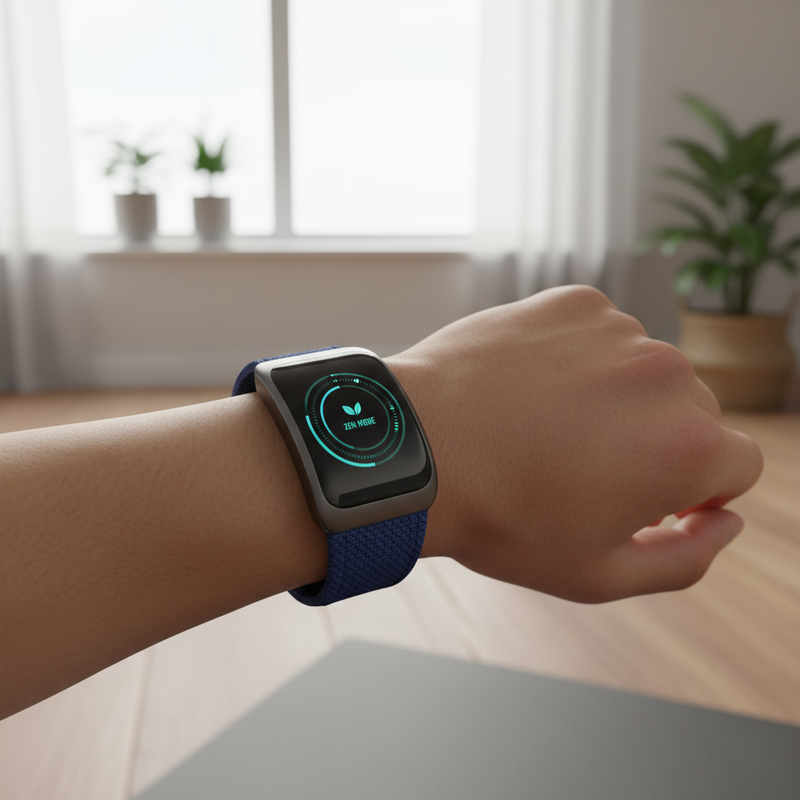The role of industrial design in wearable health devices is fundamental, as it transforms these tools from simple technological gadgets into everyday health companions. By merging aesthetics, ergonomics, and usability, industrial designers make wearables comfortable, appealing, and practical—qualities essential for devices designed to be worn continuously. This seamless integration of design and technology ensures that people not only adopt wearables but also use them consistently, directly improving health outcomes.
Industrial Design: Beyond Aesthetics
Industrial design is often thought of as making products look attractive, but in wearable health devices it accomplishes far more. Comfort, function, and long-term usability are central. Early generations of fitness trackers and medical wearables were clunky, heavy, and awkward, limiting user adoption. In contrast, today’s devices are sleek, lightweight, and adaptable. A smartwatch, for example, combines a stylish design with health monitoring functions such as sleep tracking or heart-rate monitoring—making it as much a piece of jewelry as it is a tool for wellness.
This evolution highlights how industrial design bridges form and function, ensuring wearables are not only effective but also blend smoothly into everyday life.
Human-Centered and Ergonomic Design
Industrial design emphasizes human-centered solutions. Wearables must accommodate diverse body shapes and lifestyles, whether used during exercise, work, or medical supervision. Designers achieve this through adjustable bands, flexible components, and skin-friendly materials that enhance comfort without compromising sensor accuracy.
Material innovation is critical in this context. Breathable fabrics prevent irritation, hypoallergenic coatings ensure safety for sensitive skin, and durable yet lightweight construction supports long-term wear. By prioritizing ergonomics, industrial design ensures devices remain not just tolerated but preferred by users.
Integration of Functionality with Usability
Another significant contribution of industrial design is integrating technology without adding complexity. Designers collaborate with engineers to optimize sensor placement, battery life, and internal structures, ensuring accurate data capture and superior performance, all while keeping devices compact.
Additionally, modular designs allow for easy upgrades, extending the lifecycle of wearables while offering flexibility for users. This marriage of usability and advanced functionality transforms complicated electronics into intuitive tools that genuinely encourage proactive health management.
Future Innovations Driven by Design
The future of wearable health devices will rely heavily on industrial design to explore emerging technologies. Breakthroughs such as AI-driven personalization and bio-sensing textiles are already on the horizon. Designers are working on smart fabrics capable of monitoring vital signs through clothing, subdermal wearables that track health invisibly, and 3D-printed, ergonomically tailored devices that ensure perfect fit.
Such innovations will cement wearables as seamless extensions of users’ lifestyles, enabling healthcare providers and individuals to monitor health more effectively than ever before.
How Ziro Can Help
Industrial design is not just an enhancer of wearables—it is the force that makes adoption possible. For companies striving to create the next generation of wearable technologies, Ziro can be the ideal partner. At ziro.health, the team specializes in transforming complex healthcare and medical technologies into products that balance form and function while being practical for everyday use.
By working with Ziro, organizations gain access to:
- Expertise in human-centered wearable design tailored to user needs.
- Prototyping and material innovation for comfort and safety.
- Integrated design-engineering collaboration for efficient, lightweight solutions.
- Scalable, sustainable design practices, ensuring products stay relevant and future-ready.
With Ziro’s expertise, ideas evolve beyond the sketch stage into real, market-ready devices that people actually want to use—merging reliability with aesthetics and accessibility.
Conclusion
Wearable health devices represent one of the most exciting intersections of technology and lifestyle. Yet their long-term impact depends on how effectively design integrates technology into daily life. Industrial design serves as the bridge, ensuring health wearables are comfortable, accurate, stylish, and sustainable. By bringing in partners like Ziro, innovators can ensure their devices not only monitor health but also inspire continuous use—driving better outcomes for both individuals and the broader healthcare landscape.
